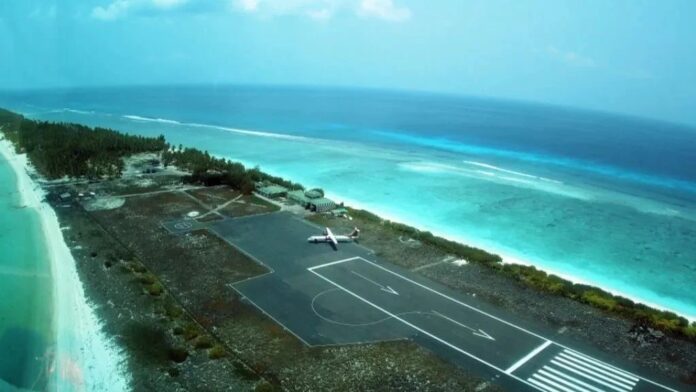Lakshadweep, meaning “a hundred thousand islands” in Sanskrit, is a tropical archipelago nestled in the Arabian Sea, off the southwestern coast of India.
Steeped in history, this group of pristine islands has witnessed the ebb and flow of cultures, trade, and maritime activities. If you are planning on visiting this beautiful place, here is a short history of the island group you should be familiar with.
Early history
The initial history of Lakshadweep is mostly unwritten and relies on tales and oral legends. It is believed that the history of Lakshadweep dates back to ancient times when the islands were likely visited by seafaring traders, including the Phoenicians, Arabs, and Romans. The strategic location of these islands in the Arabian Sea made them a crucial hub for maritime trade routes. A general belief is that small settlements started in the Islands of Amini, Kavaratti, Andrott, and Kalpeni first, and later people from these islands moved to the other islands of Agatti, Kiltan, Chetlat, and Kadmat.
Arab influence
Around the 7th century, Arab traders and sailors began to settle in the Lakshadweep islands. It is believed that St.Ubaidullah while praying at Mecca fell asleep. He dreamt that the Prophet wanted him to go to Jeddah and take a ship from there to go to distant places. Thus, he did the same but a storm wrecked his ship near the island of Amini. He fell asleep there but again dreamt of the Prophet asking him to propagate Islam on that Island. Thus, the influence of Arab culture brought Islam to the region, shaping the socio-cultural fabric of the islands. The mosques and architecture reflect this early Islamic influence.
Colonial era
During the colonial period, Lakshadweep came under the control of various European powers. The Portuguese, followed by the Dutch and later the British, established their presence in the nearby coastal regions but did not directly interfere with the administration of the islands. However, the Britishers used the then leadership of the island group to gain profits out of the land without directly ruling it.
Post-Independence integration
After India gained independence in 1947, Lakshadweep became a Union Territory in 1956. The islands were briefly merged with the state of Kerala but later separated and retained their status as a Union Territory. Over the years, efforts have been made to preserve the unique cultural and environmental aspects of Lakshadweep.
Environmental conservation and tourism
Lakshadweep, with its turquoise lagoons, coral reefs, and diverse marine life, has become a haven for eco-tourism. The administration has taken measures to balance tourism with environmental conservation, promoting sustainable practices to protect the fragile ecosystem. In fact, tourists cannot visit the islands without a permit from the local administration.
Tourist hub
From its early days as a trade nexus to its contemporary role in eco-tourism, the islands continue to captivate visitors while preserving the unique heritage of the local community as well as the environment, flora and fauna. As Lakshadweep is gaining popularity as the next tourist hub, it is our responsibility to travel sustainably and respect the locals and the unique history of the place.


